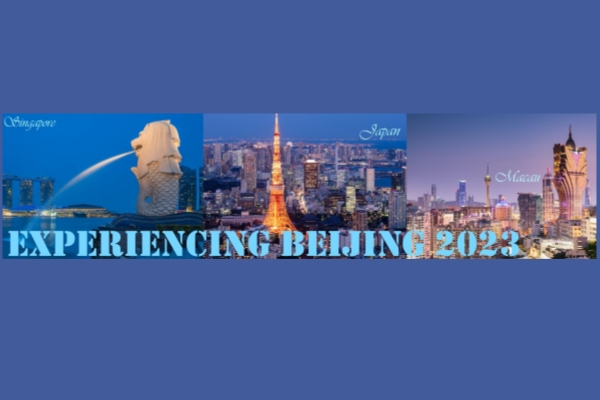Palace Museum center to be built in Macao
SAR base to focus on protecting cultural heritage, producing creative products
A new center for the protection of Palace Museum heritage is being built in the Macao Special Administrative Region, and is due to be completed in two to three years, said an official from the Palace Museum in Beijing on Friday.
The Macao center will have two major functions — protecting the cultural heritage of Macao, and designing cultural offerings related to the Palace Museum, which is also known as the Forbidden City, according to Dong Dan, deputy director of the International Exchange Department of the Palace Museum.
"We want our Macao center to be different from its counterpart in Hong Kong, which displays exhibits mainly on loan from Beijing," said Dong.
According to Dong, the Hong Kong Palace Museum has welcomed more than 900,000 visitors since its opening last July. It has a collection of 900 priceless treasures borrowed from the Palace Museum in Beijing, covering ink paintings, calligraphy, ceramic and cultural artifacts related to the imperial families that previously inhabited the Forbidden City.
Dong also noted that as the Hong Kong and Macao special administrative regions are close to one another, tourists can visit exhibits at the Hong Kong Palace Museum and enjoy related cultural creations at the Macao center.
She added that the Palace Museum aims to spread Chinese culture through products to be exhibited and sold at the Macao center.
The museum's products have become very popular on the mainland, and many of them sell out quickly.
"Macao is a popular tourist destination and we hope tourists visiting from across the world will take home our products and learn about Chinese culture," added Dong at a news conference introducing the international exchanges on Friday.
Since Macao's return to China in 1999, the Palace Museum has held 31 shows in the SAR.
The latest was Auspicious Beginning: Spring Festival Traditions in the Forbidden City, an exhibition showcasing the imperial traditions of the Qing Dynasty (1644-1911).
In addition to cultural exchanges with Macao and Hong Kong, the Palace Museum has expanded cooperation with counterparts overseas, demonstrating the philosophy, methods and techniques of Chinese archaeology.
Xu Haifeng, director of the Archaeological Institute of The Palace Museum, said that the museum has been involved in archaeological research with India, Kenya, the United Arab Emirates, Uzbekistan and Kyrgyzstan since 2014, focusing on ceramics and techniques related to ceramics.
This year, the museum plans to launch a new five-year cooperation program with Durham University in the United Kingdom to continue its participation in archaeological projects on the southern coast of the Persian Gulf.
In addition, negotiations with the Archaeology Department of the University of Tehran in Iran are underway.
Wang Xudong, director of the Palace Museum, emphasized that the museum's international archaeological projects are based on friendly relationships.
"Archaeological cooperation is a sign of friendship between nations. We can enrich our culture by learning from others, and we will be involved in more such overseas programs in the future," Wang said.

 Responsibilities of the SOCAAC
Responsibilities of the SOCAAC Experiencing Beijing 2023
Experiencing Beijing 2023